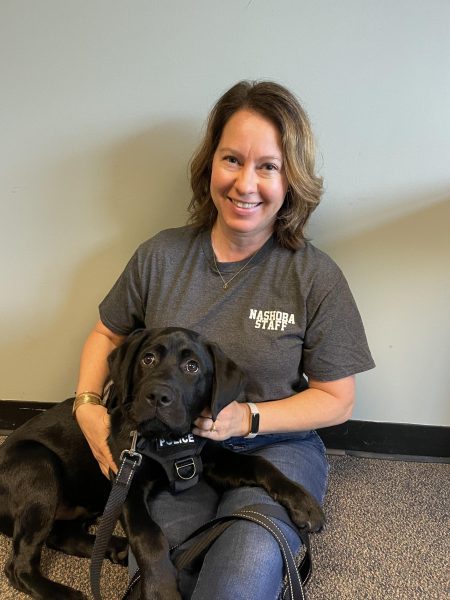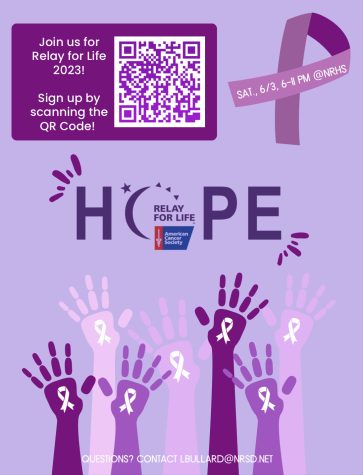D.A.R.E. Program Declining

“D – I won’t do drugs, A- won’t have an attitude, R- I will respect myself, E- I will educate me.” This tune is sung by millions of middle schoolers across the globe participating in the Drug Abuse Resistance Education program, but is it sending the right message?
According to the Department of Safety and Homeland Security, D.A.R.E. was founded in 1983 and has been implemented in 75 percent of our nation’s school districts and in more than 43 countries around the world.
This program has been very successful and popular since the beginning of its existence. But is D.A.R.E. starting to lose its supporters? Many school districts have begun to remove their name from the “I am interested list”, which questions the purpose and benefit of the program.
Recent statistics show that although D.A.R.E is designed to teach students how to say “no” to drugs, the program is actually associated with drug abuse. According to a peer-reviewed, six-year study of D.A.R.E. from 1989 to 1996 it was shown that suburban students who participated in D.A.R.E. reported a 3%-5% higher rate of drug use than suburban students who did not participate. Even though this statistic shows a small increase, when dealing with children and potentially fatal substances, this is considered an unacceptable increase.
In addition to being associated with drugs, the D.A.R.E. program has seen graduates who do not show any long-term increase in knowledge of drugs, attitudes about drug use, social skills, or attitude toward the police. According to Drug Abuse Resistance Education ProCon website, any of the short-term positive effects of the D.A.R.E. program disappear “typically within 1 to 2 years,” and “the effect on drug use behaviors (measured in numerous ways) are extremely rare and when identified are small in size and dissipate quickly.” In other words, schools across the country are wasting precious resources funding a program that does not have a lasting impression on students.
Not only are these statistics showing that the benefits of the program are not as great as they once may have been, but the students are showing a lack of interest. Experiments show that 40% of students told researchers they were “not at all” influenced by D.A.R.E., and nearly 70% experienced neutral to negative feelings about the police officers leading the program. Students reported that the D.A.R.E. message is repeated so often at school that the concept has lost its meaning and becomes tedious.
Fortunately, for most school districts, there are alternatives to the D.A.R.E. program that offer the same type of education that focus on building confidence and making healthy and smart decisions. For example, the Across Ages program is “a drug prevention program for youth 9 to 13 years, that seeks to strengthen the bonds between adults and youth and provide opportunities for positive community involvement.”
And then comes the question of whether or not middle schoolers are too young to be learning about substance usage. Nancy Marland, a parent of fifth grader, Hannah Marland says, “there isn’t a D.A.R.E program at the Center Middle School any more because some parents thought it was inappropriate.” This in of itself is a loud message stating that perhaps the glory days of the Drug Abuse Resistance Education program are over.










